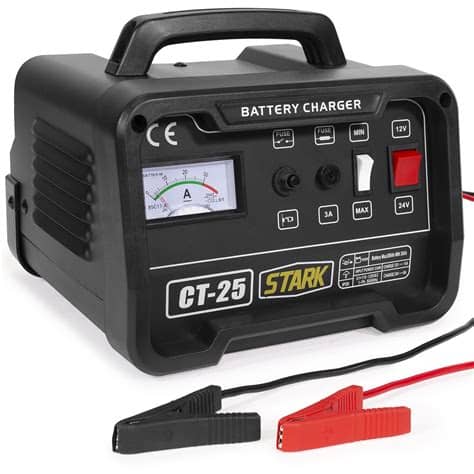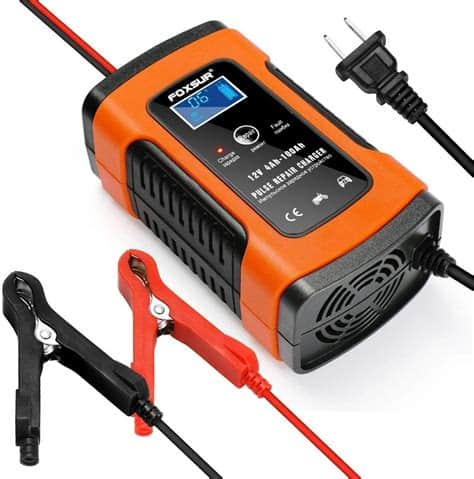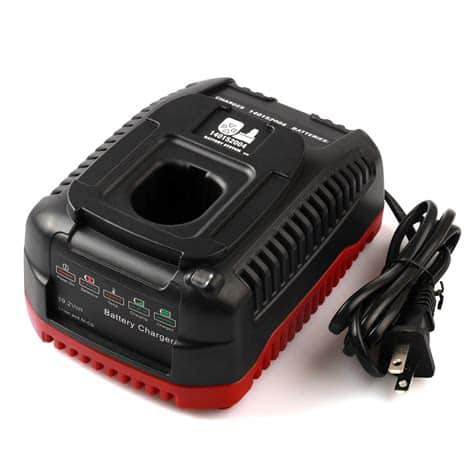Introduction to Li-Ion Battery Charging
Lithium-ion (Li-Ion) batteries are widely used in portable electronic devices due to their high energy density, low self-discharge rate, and lack of memory effect. However, proper charging is crucial for the longevity and safe operation of Li-Ion batteries. A well-designed Battery charger circuit ensures that the battery is charged efficiently and safely, preventing overcharging, undercharging, or other damaging conditions.
In this article, we will discuss the design and implementation of a 3.7V Li-Ion battery charger circuit. We will cover the basics of Li-Ion battery charging, the components required for the charger circuit, and provide a step-by-step guide to building the circuit.
Understanding Li-Ion Battery Charging
Li-Ion Battery Characteristics
Li-Ion batteries have a nominal voltage of 3.6V or 3.7V, depending on the specific chemistry. They have a typical charging voltage of 4.2V and should not be charged beyond this voltage to prevent damage. Li-Ion batteries also have a minimum voltage, typically around 2.5V, below which they should not be discharged to avoid permanent capacity loss.
Charging Stages
Li-Ion batteries are typically charged in two stages: constant current (CC) and constant voltage (CV).
-
Constant Current (CC) Stage: In this stage, the charger supplies a constant current to the battery, typically around 0.5C to 1C (where C is the battery capacity in Ah). The battery voltage gradually increases during this stage.
-
Constant Voltage (CV) Stage: Once the battery voltage reaches the charging voltage (4.2V), the charger switches to the CV stage. In this stage, the charger maintains the voltage at 4.2V while the current gradually decreases. The charging process is considered complete when the current drops below a certain threshold, typically around 0.1C.

Designing the 3.7V Li-Ion Battery Charger Circuit
Components Required
To build a 3.7V Li-Ion battery charger circuit, you will need the following components:
| Component | Quantity | Description |
|---|---|---|
| TP4056 | 1 | Li-Ion battery charging module |
| USB Mini-B Connector | 1 | Input power connector |
| Battery Connector | 1 | Output connector for the Li-Ion battery |
| LED | 2 | Charging status indicators (red and green) |
| Resistor (1kΩ) | 2 | Current-limiting resistors for LEDs |
| PCB | 1 | Printed Circuit Board for the charger circuit |
TP4056 Li-Ion Battery Charging Module
The TP4056 is a complete constant-current/constant-voltage linear charger for single cell Li-Ion batteries. It has a fixed charging voltage of 4.2V and a programmable charging current up to 1A. The TP4056 also includes built-in protection features such as undervoltage lockout, battery temperature monitoring, and charging status indication.
The key features of the TP4056 module are:
- Fixed 4.2V charging voltage
- Programmable charging current up to 1A
- Built-in protection features
- Charging status indication
- Small form factor and easy to use
Circuit Diagram
Here is the circuit diagram for the 3.7V Li-Ion battery charger using the TP4056 module:
[Insert circuit diagram image here]
The USB Mini-B connector provides the input power to the TP4056 module. The battery connector is used to connect the Li-Ion battery to the charger. The two LEDs (red and green) are used to indicate the charging status. The red LED indicates that the battery is charging, while the green LED indicates that the charging is complete.
PCB Layout
To build the charger circuit, you will need to design a PCB layout based on the circuit diagram. The PCB layout should be compact and easy to assemble. Here are some guidelines for designing the PCB layout:
- Place the TP4056 module at the center of the PCB
- Place the USB Mini-B connector and battery connector on opposite sides of the PCB
- Place the LEDs and their current-limiting resistors near the TP4056 module
- Use wide traces for power connections to minimize voltage drop
- Include mounting holes for easy installation

Building the 3.7V Li-Ion Battery Charger
Step-by-Step Guide
-
Gather the components: Collect all the necessary components listed in the components table.
-
Prepare the PCB: Print the PCB layout on a copper-clad board and etch the unwanted copper using ferric chloride solution. Drill the necessary holes for the components and mounting.
-
Solder the components: Start by soldering the TP4056 module to the PCB. Then, solder the USB Mini-B connector, battery connector, LEDs, and resistors according to the circuit diagram.
-
Test the charger: Connect a Li-Ion battery to the battery connector and plug in a USB power source to the USB Mini-B connector. The red LED should light up, indicating that the battery is charging. Once the battery is fully charged, the green LED will light up.
-
Assemble the enclosure: If desired, design and 3D print an enclosure for the charger circuit to protect it from damage and improve its aesthetics.
Safety Precautions
When working with Li-Ion batteries and charger circuits, it is essential to follow safety precautions to prevent accidents and damage:
- Always use a Li-Ion battery with the correct specifications (voltage and capacity) for the charger circuit.
- Do not leave the battery charging unattended for extended periods.
- Do not overcharge or overdischarge the battery beyond its specified limits.
- Use a proper USB power source with the correct voltage and current rating.
- Handle the battery and charger circuit with care to avoid physical damage.

FAQ
-
Can I use this charger circuit for other types of batteries?
No, this charger circuit is designed specifically for 3.7V Li-Ion batteries. Using it with other battery types may result in damage to the battery or the charger circuit. -
What is the maximum charging current of this charger circuit?
The maximum charging current is determined by the TP4056 module and can be programmed using an external resistor. The default charging current is 1A, but it can be adjusted by changing the resistor value. -
Can I use any USB power source with this charger circuit?
It is recommended to use a USB power source with a voltage of 5V and a current rating of at least 1A. Using a power source with a lower voltage or current rating may result in slower charging or no charging at all. -
How long does it take to fully charge a Li-Ion battery using this charger circuit?
The charging time depends on the battery capacity and the charging current. For example, a 1000mAh battery charged at 1A will take approximately 1 hour to fully charge. However, the actual charging time may vary based on the battery’s initial state of charge and other factors. -
What should I do if the charger circuit is not working properly?
First, check all the connections and ensure that the components are soldered correctly. If the issue persists, troubleshoot the circuit by measuring the voltages at different points and comparing them with the expected values. If the problem cannot be resolved, it is best to consult an experienced electronics technician for assistance.
Conclusion
In this article, we discussed the design and implementation of a 3.7V Li-Ion battery charger circuit using the TP4056 module. We covered the basics of Li-Ion battery charging, the components required for the charger circuit, and provided a step-by-step guide to building the circuit.
Building a Li-Ion battery charger circuit can be a fun and educational project for electronics enthusiasts. By understanding the principles of Li-Ion battery charging and following the guidelines provided in this article, you can create a reliable and efficient charger circuit for your projects.
Remember to always prioritize safety when working with batteries and electronic circuits. Follow the safety precautions mentioned in this article and consult experienced professionals if you encounter any issues or have doubts.
Happy charging!

No responses yet